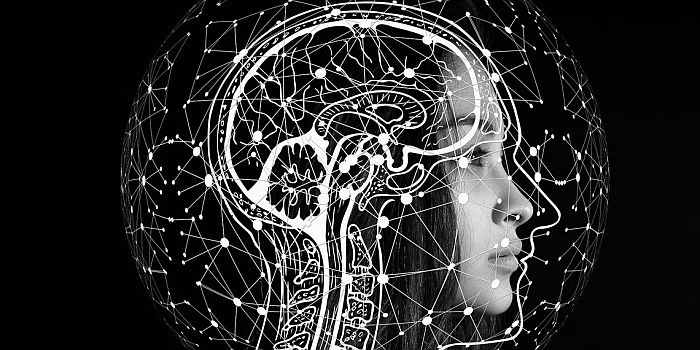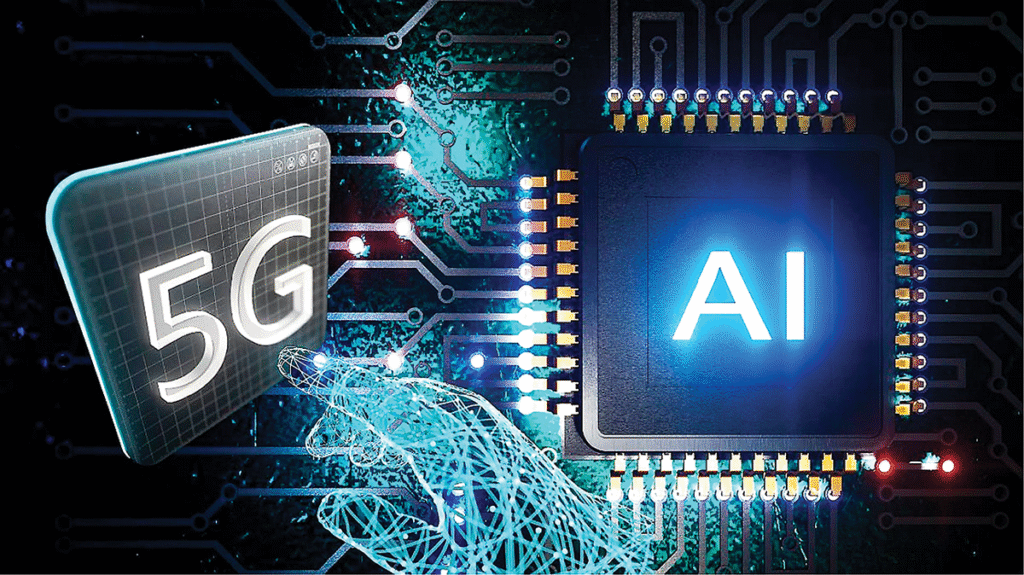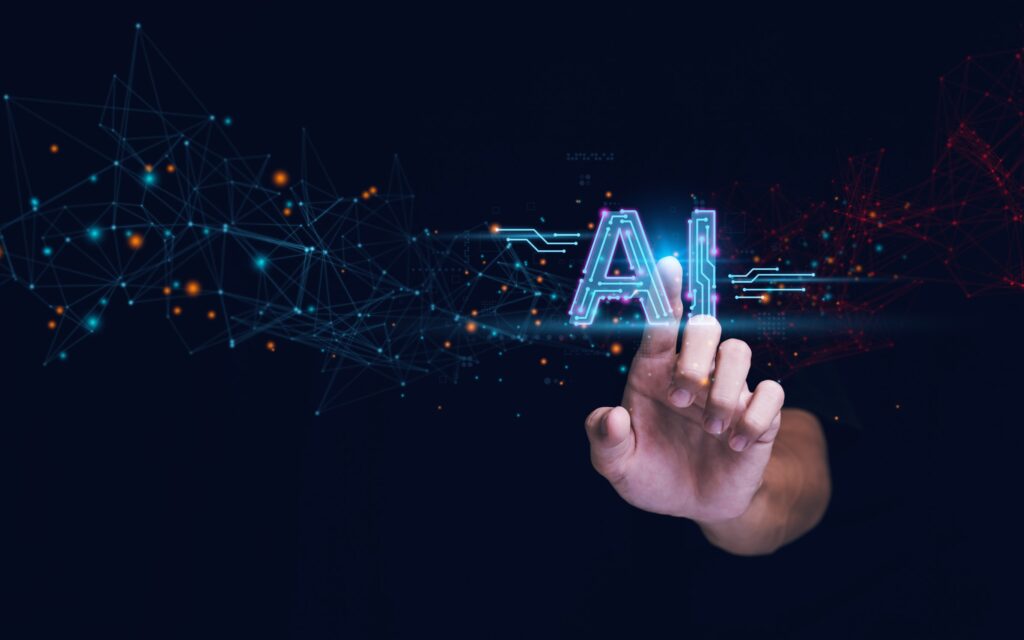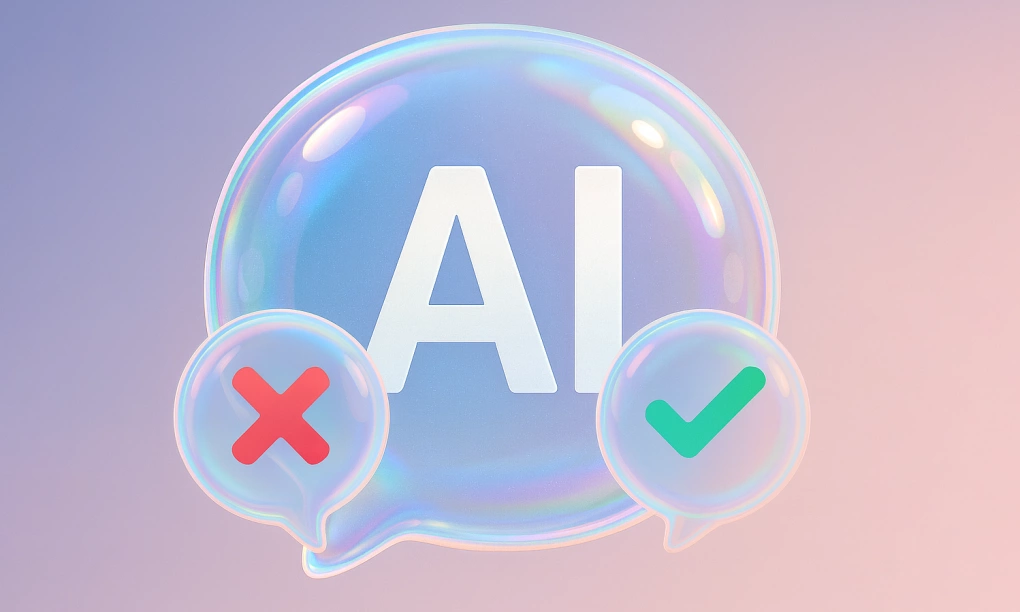CTR Plummets by 61%: Is the SEO Era No Longer About Clicks?

For more than two decades, the field of search engine optimization (SEO) has operated on a relatively stable logic: position on the search results page directly affects click-through rate (CTR); more clicks generate more traffic, more traffic drives revenue, brand awareness, and domain authority. This chain of reasoning was once considered unquestionable. However, from mid-2024 into 2025, a profound shift has begun to shake every traditional rule. According to research by Seer Interactive based on 3,119 queries, 42 organizations, and over 25.1 million impressions, organic CTR for informational queries featuring AI Overviews dropped by 61%, while ad CTR dropped 68%. Even when AI Overviews did not appear, organic CTR still declined by 41%. These numbers suggest not a temporary dip, but a structural change in human search behavior.
What has happened? Why are people clicking less, and what does this mean for the future of SEO? To answer, we must examine the issue from technological, behavioral, advertising, and strategic perspectives.
A Historical Shift in User Behavior
When Google launched AI Overviews, the feature began replacing the role of traditional websites for simple informational queries. Users no longer need to open multiple tabs to assemble fragmented information or distinguish reliable sources. Instead, they receive synthesized, concise, near-instant answers. This represents automation of knowledge at a very high level.
In the old model, users had to read, compare, and cross-reference; clicking was part of that behavior. When behavior changes, the drop in clicks is inevitable. SEO expert Bernard Huang, co-founder of Clearscope, noted that Google is gradually shifting from a linking platform to an answering platform. This was predicted back in 2017 when Featured Snippets were first tested. AI Overviews is simply the next leap—vastly more powerful.
The Rise of ChatGPT and Conversational AI Tools
We cannot ignore ChatGPT’s influence in this transition. As users begin asking questions directly to conversational AI, they no longer rely heavily on traditional search result lists. A Gartner report predicts that by 2026, more than 30% of users will perform most of their initial information lookups through AI assistants rather than classical search engines. This mirrors the shift when smartphones replaced PCs in web-browsing behavior.
Additionally, conversational models respond succinctly in personalized language. When a tool understands you better than Google, clicks inevitably decline.
Social Media as an Alternative Search Engine
A Pew Research survey indicates that 40% of young Americans now use TikTok to find information, while Instagram and YouTube are becoming search engines for Gen Z. In Vietnam, the trend is even more pronounced. For restaurant reviews, travel suggestions, and fast skill learning, users turn to short-form video.
Here, users do not click links—they watch, save, and follow. Traditional CTR becomes obsolete as behavior fragments across platforms.
AI Overviews Is a Cause, But Not the Only One
Seer Interactive’s research reveals something more worrying: CTR decreases even without AI Overviews. This suggests that the foundational mechanics of SEO are entering functional decline. Web content is increasingly saturated, while SERP interfaces contain distracting elements: snippets, knowledge panels, featured videos, People Also Ask, local packs, and countless widgets. Each draws attention away from traditional clicks.
Search expert Rand Fishkin predicted that Google would strive to retain users on its own platform. In reality, Google prefers not to send traffic anywhere. The CTR decline is a natural outcome of a retention strategy.
Advertising Suffers Even More
A 68% drop in ad CTR signals a dual challenge for businesses: increased cost paired with reduced performance. As a result, marketing budgets may shift toward more engagement-centric strategies such as video content, influencer marketing, or private community models. Some advertisers are even returning to email marketing due to its stable conversion rates and immunity to algorithmic volatility.
Market analyst Joshua Lowcock commented that advertising now faces transparency barriers. When AI summarizes information, users no longer need to click ads, yet brands must maintain presence—paying simply to remain in the conversation AI mediates.
KPIs Shift from Performance to Presence
As clicks decline, companies shift focus to new metrics such as visibility and share of voice. This aligns with traditional PR where the goal is influence and perception—not clicks.
When AI Overviews aggregates information, brands want to be cited within summary answers. AI cannot invent credible data; it must rely on trusted sources. Therefore, future SEO will emphasize authority, reputation, and trust—a perfect match with Google’s E-E-A-T framework.
Competition for Original Data Sources
As AI absorbs traffic, websites offering proprietary data gain advantage. News outlets, market analytics platforms, academic research, and real-world case studies become sources that AI must cite. The future slogan of SEO might be: “Get AI to reference you.”
AI search specialist Peter Jaffe notes that the value of original data is rising. When everyone produces similar content based on existing material, AI no longer needs you—only the first to produce real value. Copy-paste websites will disappear. Traffic-chasing publications will be eliminated.
Long-Form Content Is No Longer Absolute King
Previously, SEO advised writing long, comprehensive content. AI Overviews, however, extracts concise, accurate, and distilled answer points. Websites must provide quick, high-value insights—not long-winded text. A 2,500-word article lacking analytical depth will be ignored by AI.
New Strategies in a Low-CTR Landscape
Several strategies are emerging:
Brands must optimize for recognition within AI contexts. If AI cites your name within conclusions, your perception rises.
Expert-driven content matters more than ever. Articles written by real professionals with credentials and experience earn AI trust.
Interactive content gains power. Since simple answers are stripped away by AI, websites must provide experiences AI cannot replace: calculators, simulations, 3D models, real-time dashboards, experiential video.
Private communities are returning. When Google traffic slows, brands need spaces they control: newsletters, groups, Discord servers, forums.
Social search will explode. TikTok SEO and YouTube SEO represent vast new opportunity. Gen Z does not read; they watch, listen, and feel.
Expert Predictions on the Future of SEO
Analysts foresee the evolution of SEO into:
Optimization to be selected and quoted by AI. This resembles optimizing to be cited by journalism, but at planetary scale.
Fragmented traffic streams across multiple platforms. Websites will no longer be the only center of information.
Personal branding will rival corporate branding. People trust humans more than entities. AI evaluates authors, not just domains.
Quality will overshadow volume. Insight, originality, and unique perspective become decisive advantages.
Risks of SEO in the AI Era
A major risk is knowledge monopoly. When a few corporations control large data reservoirs, they can become exclusive information gateways. Users may experience narrowing perspectives. AI ethics specialist Timnit Gebru warns that if AI Overviews lack diversity, public thinking will be flattened.
Another risk concerns the collapse of free-content ecosystems. Websites rely on advertising revenue. As ad CTR drops, revenue declines. As revenue declines, free content loses quality. Digital knowledge could degrade.
What Should Businesses Do?
Experts recommend three proactive directions: invest in proprietary data; build multi-platform brand presence; and focus on deep experiential value rather than superficial answers.
We can observe an industry shift as many news organizations transition to paywalls and newsletters. When they cannot survive on traffic, they rely on loyal communities.
Will CTR Recover?
Technology history shows that behavioral shifts are irreversible. Once users adopt higher convenience, they do not return. No one reverts to wired Ethernet once used to Wi-Fi; similarly, no one wants 10 tabs when AI synthesizes answers instantly.
Traditional CTR is unlikely to recover. The only salvageable transformation is a redefinition of “click”: maybe interactions with AI summaries, or appearances in generated outputs. KPIs will evolve alongside behavior.
The New Era of SEO: No Longer Click-Centric
As clicks fade from the center, the ultimate goal of SEO becomes being seen, cited, and trusted as a knowledge source.
CTR is disappearing, but SEO is not dying—it is metamorphosing.
SEO has already transitioned from keyword stuffing to content marketing, from crude backlinks to authority. Now, it enters a new cycle: presence within the memory of AI and digital conversation.
SEO expert Lily Ray famously said: “If you want to survive the AI era, you cannot just write content for humans, you must write content for AI.” To earn AI’s respect, you must provide value it cannot derive alone.
Conclusion
A 61% CTR drop under AI Overviews and a 41% drop even without them signals the end of traditional SEO. As ChatGPT, TikTok, AI assistants, and social search rise, user behavior fundamentally changes. Traffic no longer needs to pass through websites. Clicks are no longer the sole metric of effectiveness.
The future of SEO focuses on:
- Brand presence in AI memory
- Proprietary knowledge
- Owned communities
- Authentic authority
- Deep usefulness
Traffic will arrive indirectly: through trust, AI citations, and community sharing.
In this context, SEO evolves into the art of guiding knowledge in a world where AI is the first gateway to information. Those who build real value will be referenced. Those who chase output volume without meaning will disappear.
The click-centric era is gone. Visibility now reigns. Early adopters will lead.













